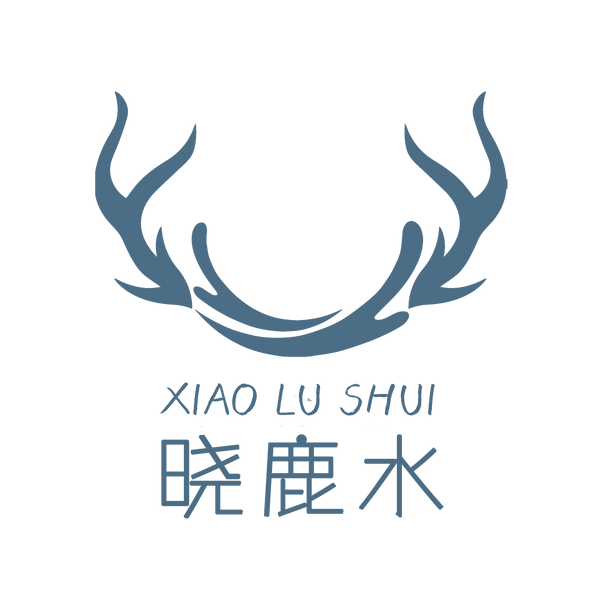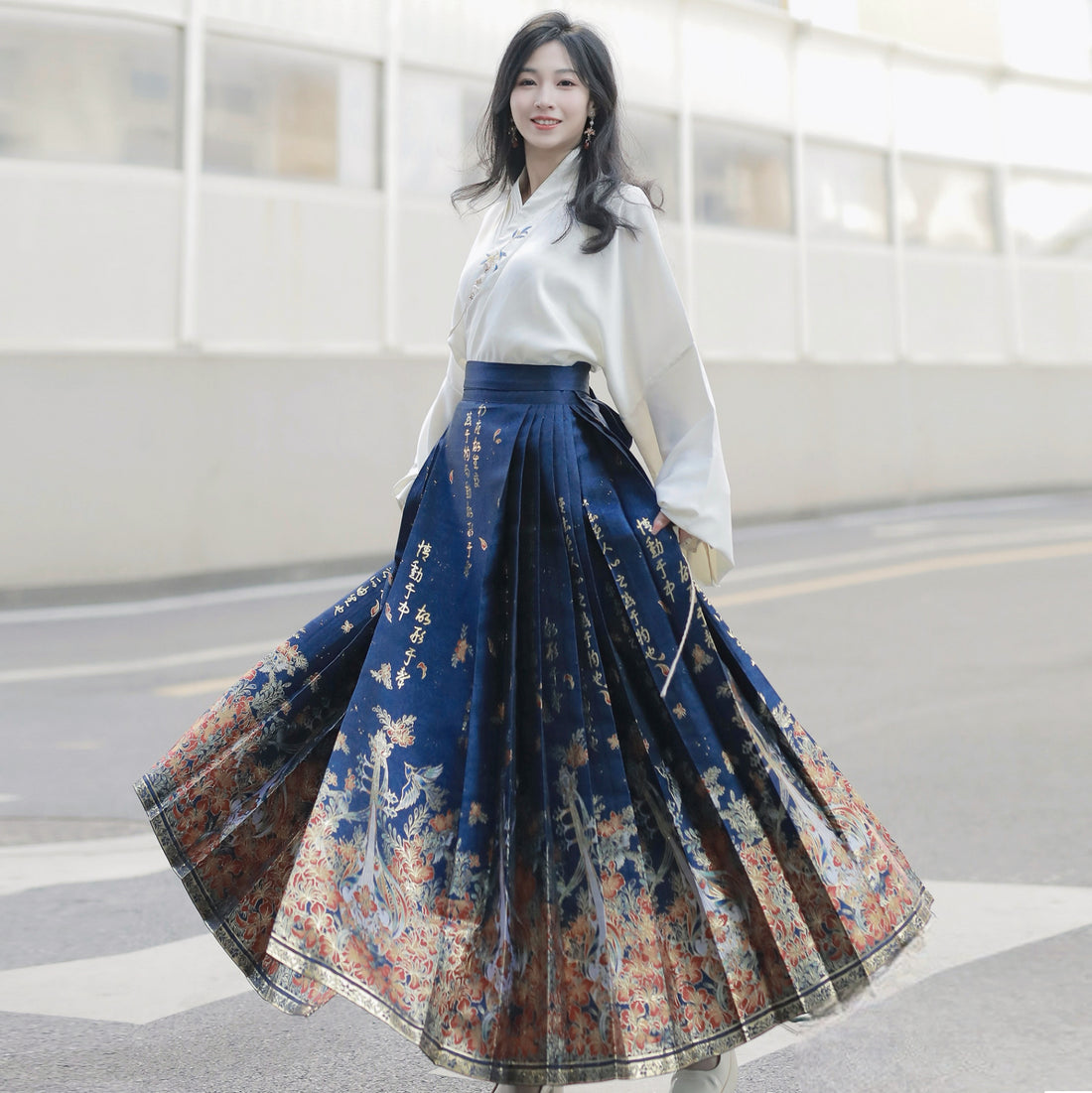Hanfu, as the general term for the traditional attire of the Han Chinese, traces its origins and development through China's extensive history, from the legends of the Yellow Emperor era to the ceremonial dress system of the Shang and Zhou dynasties, reaching a mature system during the Han Dynasty, and continuously evolving in subsequent dynasties.
Origin
The origin of Hanfu can be traced back to ancient China, with the earliest styles of Hanfu coming from legends recorded during the times of the Yellow Emperor, Emperor Yan, and Emperors Yao and Shun. During this period, people began using animal hides as coverings, and as society developed, they learned to weave and started making clothes out of fabric.
Development
-
Xia, Shang, and Zhou Dynasties: During this period, the Chinese clothing culture began to form and gradually developed into a more standardized ceremonial dress system. The Zhou Dynasty, in particular, placed great emphasis on the ceremonial system, leading to more hierarchical and standardized clothing such as the "mianfu", which had a profound impact on the development of Hanfu in later generations.
-
Qin and Han Dynasties: Hanfu entered an important stage of development, especially during the Han Dynasty, which is considered the hallmark of the mature Hanfu system. The Han Dynasty's clothing system essentially consisted of trousers, skirts, robes, and jackets, among which the "cross-collared robe" and "shenyi" became iconic of Hanfu.
-
Wei, Jin, Northern and Southern Dynasties to Tang and Song Dynasties: During this period, Hanfu styles were rich and varied, especially during the Tang Dynasty when clothing culture reached a peak. Women's clothing in the Tang Dynasty, such as the "xiapei" and "foreign attire", greatly enriched the forms of Hanfu.
-
Yuan, Ming, and Qing Dynasties: Entering the Yuan Dynasty, Hanfu development was impacted by the change in ruling powers, but there was a revival during the Ming Dynasty, especially with men's round-collar robes and women's "mamian" skirts. During the Qing Dynasty, traditional Hanfu was gradually replaced by Manchu attire, but the tradition of Hanfu was still preserved and passed down among the people.
Modern Revival
In the early 21st century, with the growing emphasis on traditional culture among Chinese people, the Hanfu movement gradually emerged. Young people began wearing Hanfu to participate in various traditional festivals and celebrations, sharing Hanfu culture through social media, promoting the modern revival of Hanfu. Hanfu is not just a type of clothing but also a manifestation of the profound culture and aesthetic taste of the Chinese nation.
The origin and development of Hanfu reflect the changes and evolution of ancient Chinese society and culture, representing one of the valuable heritages of Chinese culture.

